Since the site is barely usable (for starters, the font on my screen is so small that it is unreadable and I can’t change it as the whole page is in Flash), I took the liberty of reproducing the review here verbatim. Oh, and by the way, yesterday we’ve already posted links to excellent pictures by Michael Currin on his father’s blog.
Learnin Rock From The Masters
Contributed by: Taryn Cantor
Photo by: michael.currin.co.za
When was the last time you went to a rock concert and the number of people with grey hair (or dyed grey hair) made up the majority? When last did you see groups of 60+-year-old women wearing shorter skirts, tighter shirts and higher heels than you? I could almost hear their children (or grandchildren) saying to them: “Where do you think you’re going dressed like that?!”
Ah, yes… Old-school rockers reliving their youth and probably looking the same as they did in the ’60s and ’70s, apart from a few wrinkles. Ponytails and leather jackets in hand, the concert is the epitome of nostalgia for this seasoned crowd.
Wishbone Ash, Uriah Heep and Deep Purple are about to perform to a sold out Coca-Cola Dome in Johannesburg. It is at this point when a friend’s reply to an email reverberates in my head. On asking him whether he was going to the Masters of Rock concert, his response was less than euphemistic: “I’m tired of irrelevant washed up artists coming to SA.” This is the cynical voice of a fed up music lover frustrated with South Africa having become a port for a backlog of artists who were popular a decade or more ago. Are we so deprived that we get excited about any band coming to South Africa, because we don’t get the big ones of our time but the big ones past their sell by dates?
Surely these three rock groups are a little different, considering they were creators and innovators of the genre, and are still churning out CDs and making fans out of the younger generations.
Or is he right? Do these acts still have what it takes? Can they still perform as well as they did in the time of sex, drugs and rock ‘n roll? I begin to have visions of men with long white beards, propping themselves up with their guitars and trying to relive their heyday on stage.
White beards are right, but I have the rest of it wrong.
Wishbone Ash, one of Britain’s leading hard rock groups in the early ’70s, are the first to perform and they play those electric guitars better and harder than I’ve seen any current band play. The band are recognised as one of the first to use the now common approach of twin lead guitars. Both guitarists at the time were voted as “Two Of The Ten Most Important Guitarists In Rock History” (Traffic magazine 1989). This most certainly rings true in their performance, although after much controversy and band member turnaround over the years, guitarist Andy Powell is the only original remaining member. Even so, their act is unexpectedly impressive.
The next band up is Uriah Heep, whose name, I must confess, I had heard for the first time last year from my father after he’d listened to the latest Muse album. Indeed, Uriah Heep most certainly do conjure up sounds I’d heard from Muse, who played in Johannesburg just two years prior. This is when I most want to pose the question to my friend: “How irrelevant can these bands be if they’re still influencing rock bands over 30 years later?”
The men appear on stage through lights, smoke and epic sonic sound waves, antithetical to that of the “very ‘umble”, to quote the Charles Dickens’ character Uriah Heep, from where the band got their name. Only when the camera closes in on them on the big screens, can you see that the once long golden locks are in fact grey, but surprisingly, no fewer locks than they had in the late ’60s, according to pictures. These “real musicians”, to quote the evening’s host Barney Simon, could put any new rock or metal band to shame. Any doubts one might have had about these granddads can officially be laid to rest.
The band members of Uriah Heep seen on stage at Friday’s concert (bar the drummer) have been together since 1986, joined then by vocalist Bernie Shaw, who looks phenomenally and surprisingly “cool” in his leather pants equipped with knife-holder (for his microphone), zip-up shirt and zebra-print cowboy boots. His charisma is enthralling, to the point that even though I’m only a recent fan, I want his autograph.
The performance is exhilarating and energetic. The crowd don’t stop participating and screaming for them. At one point during a song called ‘Sunrise’, driven by thunderous church-like organs, Shaw can easily be mistaken for a preacher of rock and the entire Dome full of people his devoted followers. When the band play their 1977 no.1 hit ‘Free Me’, the entire crowd erupt with the lyrics. Shaw’s voice resounds almost operatically at times, and you can see and feel the intensity in every note in his voice, every muscle in his body and every bead of sweat on his face.
Mick Box, the original guitarist since 1969, employs all the antics one would expect of a vintage rock band, including one-handed guitar playing, teeth guitar playing, above the head guitar playing and even gyrating and thrusting with the guitar between his legs. Younger generations might call it clichéd while other bands try to emulate them, but they still remain the originals and still do it better than anyone else.
As their set comes to a close, this experienced band who have played countless concerts, are still humbled and bewildered by the reaction from the crowd, as they skip off stage, arms around each other, true brothers for over 40 years.
Now I’m on a high and ready to see what our headliners, Deep Purple, supposed legends, have in store. This is what the crowd have been waiting for; the climax of the concert, even more impressive than the last band, right? Wrong.
It all starts off well. The band members fit the identikit of “cool” ’70s rockers. Perhaps even cooler is the bassist, Roger Glover, with his red bandana and flowing hair, resembling a cross between Willie Nelson and Hulk Hogan.
Then, Ian Gillan, the lead singer, steps onto stage. It’s as if someone’s dad has stumbled out by mistake. He looks misplaced amongst the manes, with his red collared shirt, black jeans, white sneakers and Captain Kirk haircut. He seems lost, or like he’s forgotten something. Indeed he has – his Ray-ban sunglasses, which he fetches from behind the keyboardist about six times during the performance. He’s apparently unable to decide if he looks better with them on or off, constantly adjusting them from his face to on top of his head, like a nervous twitch.
Even more bizarre is the fact that the voice emanating from his mouth is bewilderingly powerful and without disappointment. It seems to belong to a different body — although, unfortunately, he looks more comfortable playing the tambourine than holding a microphone.
Thankfully, the rest of the band members more than make up for Gillan’s awkwardness. Particularly the keyboardist who looks like a Mozart-esque mad scientist behind his six or more stacked keyboards, with a miniature Ozzy Osbourne bobble head bouncing to the stories he tells with his fingers, running over the keys so fast that you’d find it hard to believe he’s actually playing. He breaks into a piano medley spanning from recognisable classical pieces, to nursery rhymes, experimental electro ’80s music, sci-fi sounds, and eventually, our South African national anthem. As is to be expected, the crowd go wild, young and old alike.
If there’s ever an event that can bridge the gap between young and old, parents and children, this is it. These artists are living proof that perhaps real rock music is the fruit of the serum of youth.
The question is, will today’s rock artists be remembered for half as long as those of yesteryear, who, more than four decades later, are still making music which is recognised by both young and old, as evidenced by the turnout.
So, are these artists “irrelevant, washed up”? I guess that depends on how you define “irrelevant”. If relevance pertains to artists of the generation that birthed the original “Masters of Rock”, a foundation of influence for future generations who would continue the genre, then they certainly can’t be classified as irrelevant. If you define relevance as something that is merely current and part of popular culture, and deny the historical influence behind that, then indeed, go ahead and label them “irrelevant”. I bet I can find stadiums full of both nostalgic and current fans that would say otherwise.
Thanks to Daniel Bengtsson for the info.
![[hand]](/hs-pics/portraits/hands/glover6.jpg)
![[face]](/hs-pics/portraits/faces/mcbride4.jpg)

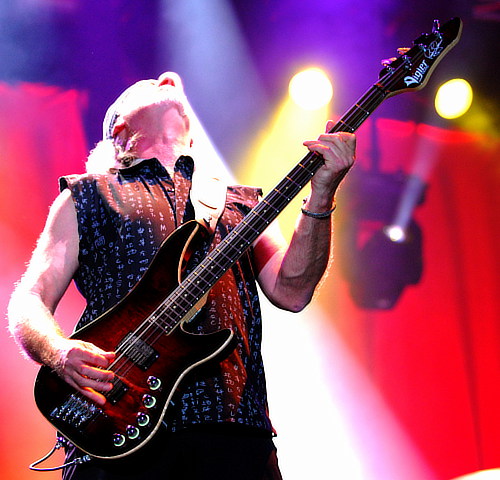
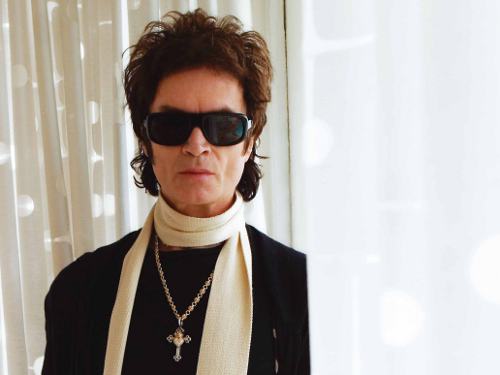
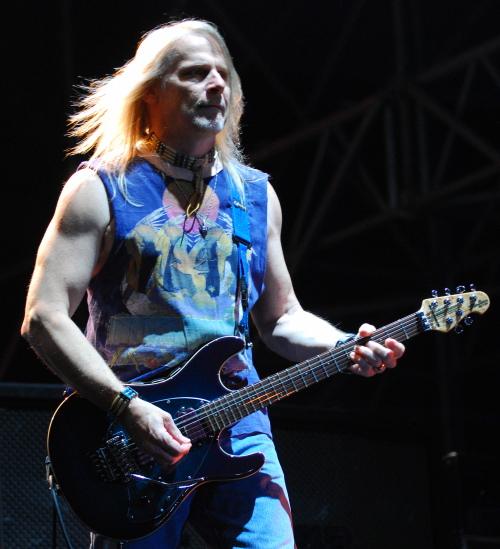
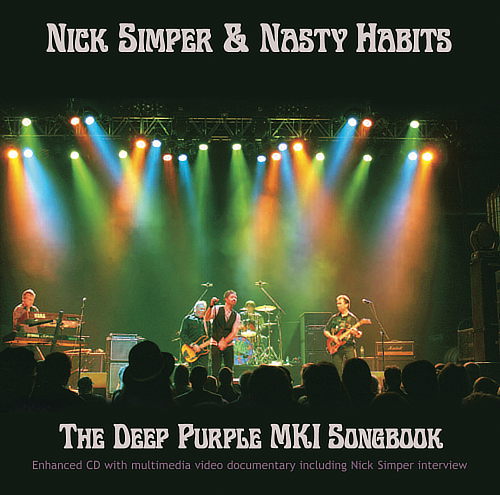

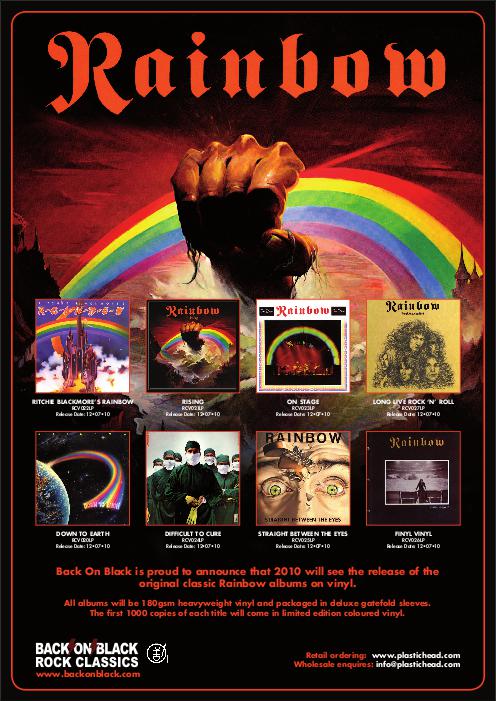
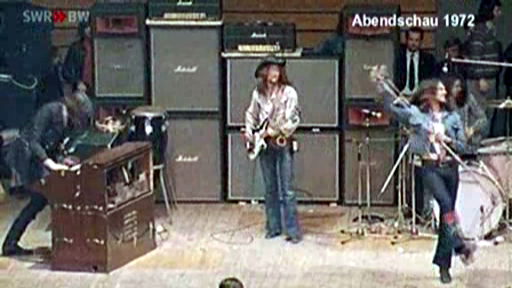
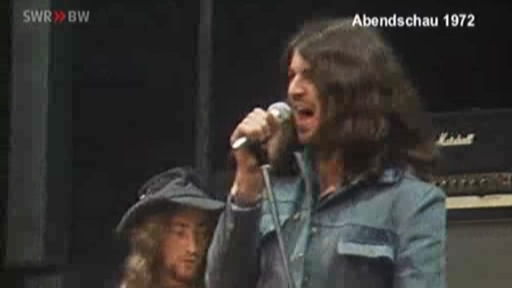
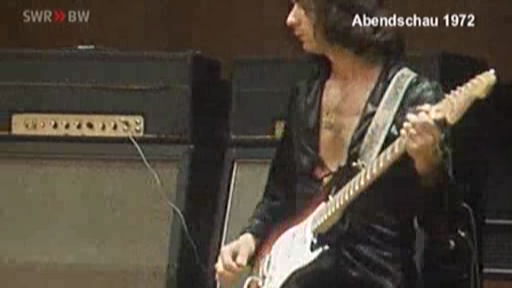
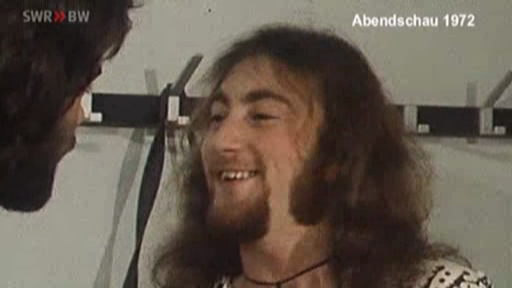
 Unauthorized copying, while sometimes necessary, is never as good as the real thing
Unauthorized copying, while sometimes necessary, is never as good as the real thing